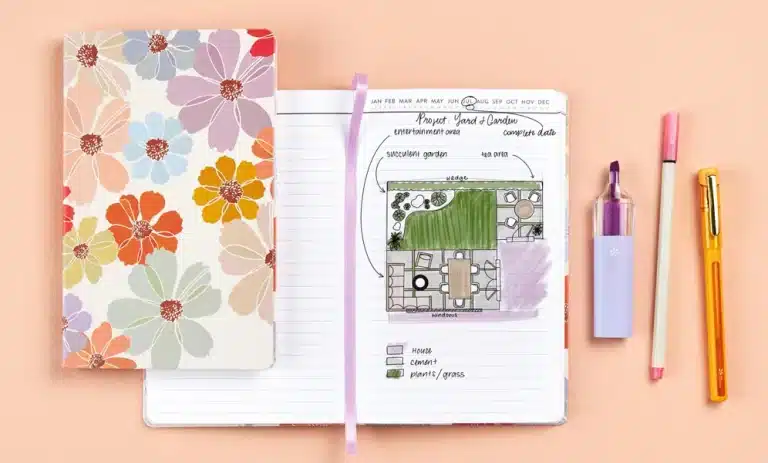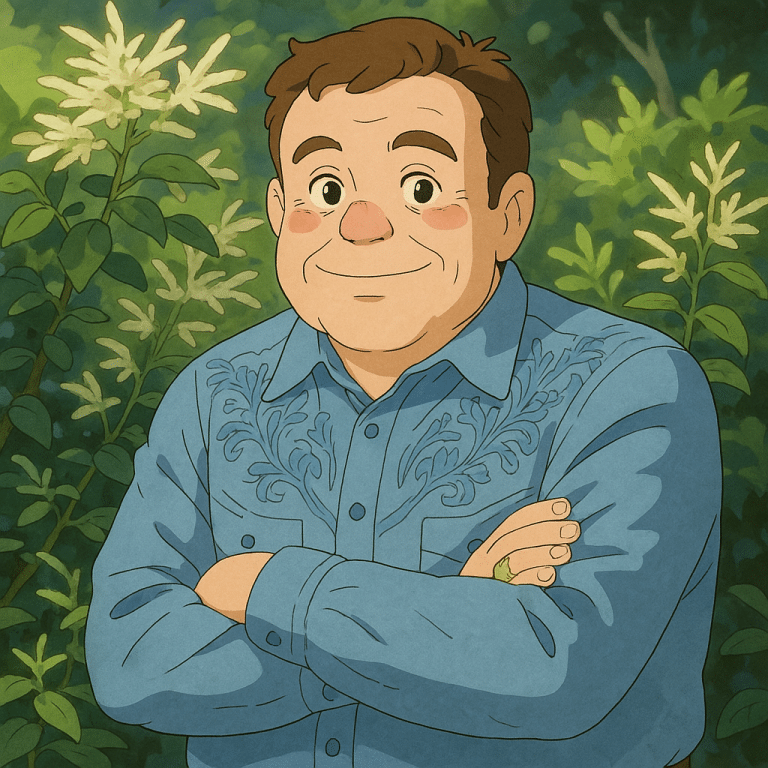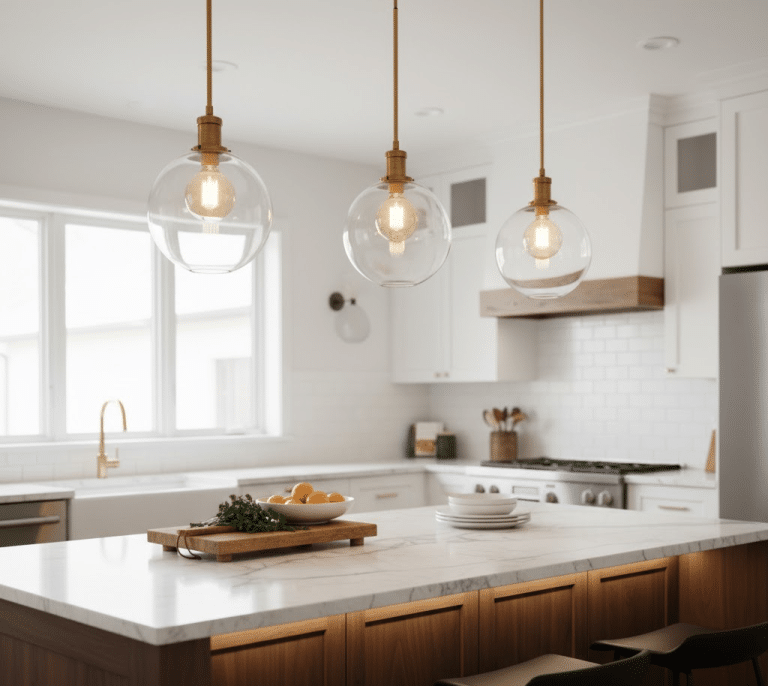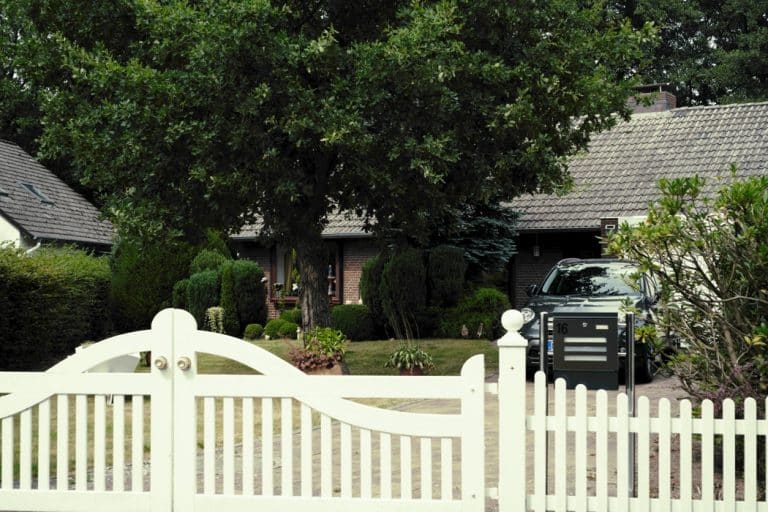Garden journals allow you to record your gardening process, listing what you planted, the progress your crops made and insights you learned. However, a visual garden journal showcases your experiences through sketches, pictures, and lovely layouts. Pretty soon, it goes from a logbook to a place that inspires and directs your creative and practical work.
A well-made journal pairs beautifully with quality supplies. Rivendell Distribution, a trusted gardening supplies store, helps you create a journal that’s both functional and inspiring.
Having a visual record helps you remember your progress and also informs your planning process. Success in a garden depends greatly on planting at the right time for each season. If you can spot the specific chances each season gives, you’re better prepared to react and succeed.
You can improve the success of your crops by matching your garden journal with what’s happening in different seasons.
I. Why Choose a Visual Garden Journal?
Watching things move through the visual environment is good for the brain. According to studies, understanding becomes better when we combine visuals with plain text. When you use diagrams, photos and sketches in your garden journal, it becomes both helpful in remembering ideas and encouraging to work on your garden.
Snapping pictures and making diagrams of the plants in your garden helps you recognize what was effective, what wasn’t and how the garden evolves.
You will find it most useful when planning plantings for the future or changing your garden layout. Looking through an old visual journal can give a spark to new ideas for arranging things, no matter the season.
II. Choosing the Right Journal Format
The format of your visual journal should suit your style and workflow-
- Traditional choices involve having a sketchbook, a printed journal or a binder to hold things like pressed flowers, printed pictures and handmade drawings. People find these journals satisfying and enjoyable to write in.
- Digital choices make banking easier and more convenient. You can easily insert your photos and move things around in apps, tablet journals or digital scrapbooks. Canva makes it simple—you can build amazing garden pages using its templates and graphics.
If you’re working with images, consider file compatibility. For example, if your plant photos are in PNG format and need to be resized or uploaded to your journal, you may need to convert PNG to JPG to reduce file size or ensure compatibility.
III. Essential Elements to Include
A functional and beautiful visual garden journal will typically include:
- Garden layout diagrams – Include before-and-after shots or seasonal changes.
- Seasonal planting calendar – What’s planted when and upcoming plans.
- Plant care logs – Notes on fertilizer, pruning, and disease management.
- Harvest tracker – Record yields and flavor notes.
- Environmental notes – Soil quality, sun exposure, and watering schedules.
IV. Visual Components to Incorporate
Make your journal uniquely yours with visuals that reflect your gardening journey:
- Hand-drawn sketches and doodles – Great for design planning or personal flair.
- Photos through the seasons – Capture growth, color changes, and layout evolution.
- Color swatches and mood boards – Perfect for garden design and inspiration.
- Digital tips – When uploading plant images or labels, remember to convert PNG to JPG for easier integration. Canva’s converter simplifies this step.
V. Inspiration and Personalization
Celebrate your creativity with your photos. Add inspirational lines to your garden designs, spotlight your favorite plants or design with colors you like best. You can get design ideas and be encouraged by checking out what other gardeners post on social media. Share your gardening journal with others to become a member of a lively community of garden fans.
VII. Conclusion
Having a visual garden journal makes gardening both more artistic and relaxing. By creating a monthly planner, you can keep up with season changes, use what you know and give your planning a meaningful touch. Focus on one season or group of plants to begin and your journal will expand as your garden grows. Happy journaling, and may your garden flourish with every page!













